Optimal Timing for Engineered Floor Sandings
Engineered floor sandings are a crucial step in achieving a smooth, durable, and aesthetically pleasing surface. Proper timing ensures optimal results, minimizing issues such as uneven surfaces, moisture-related problems, or delays due to environmental conditions.
The best time for engineered floor sandings is during periods of stable, moderate weather. Typically, this is in spring or early fall when humidity and temperature are within ideal ranges.
Low humidity levels and consistent temperatures help prevent wood expansion or contraction, reducing the risk of cracks or warping during the sanding process.
Avoid scheduling during high humidity or rainy seasons, as excess moisture can interfere with the sanding and finishing process, leading to uneven surfaces.
Maintaining ambient temperatures between 60-75°F (15-24°C) supports proper drying and curing of finishes, ensuring long-lasting results.
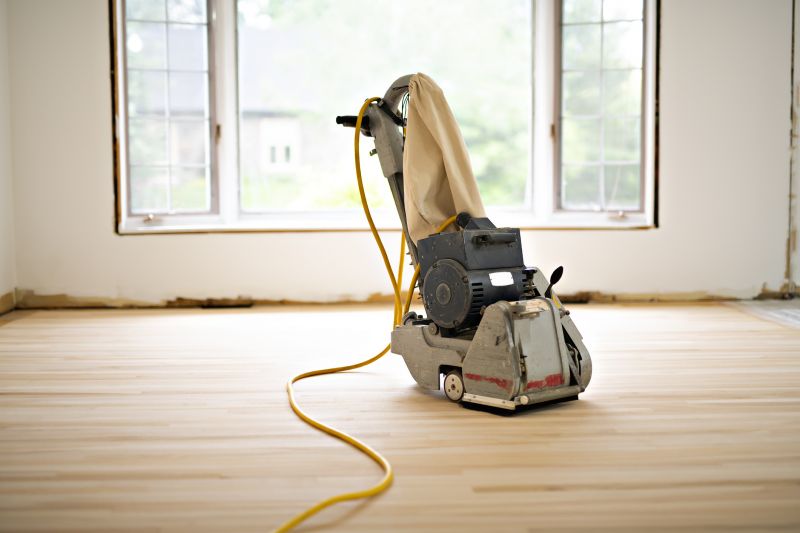
High-quality sanding process ensures smooth, even surfaces.
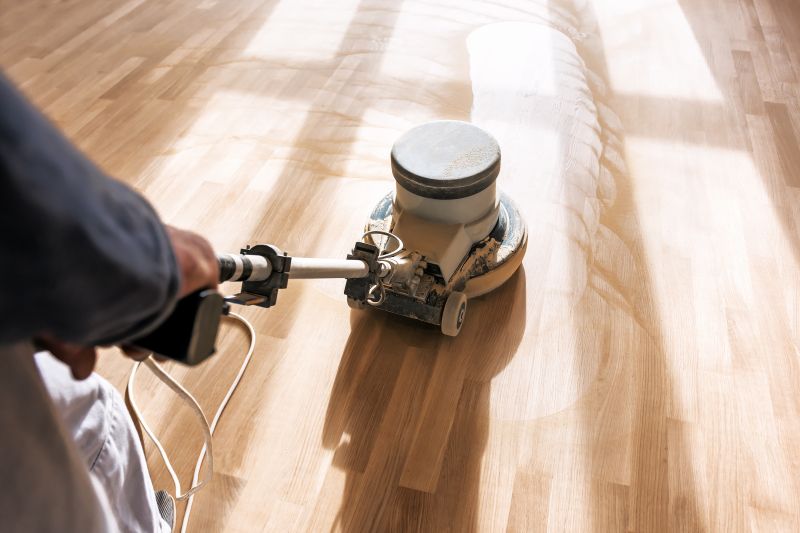
Detail of the fine surface finish achieved through proper sanding.
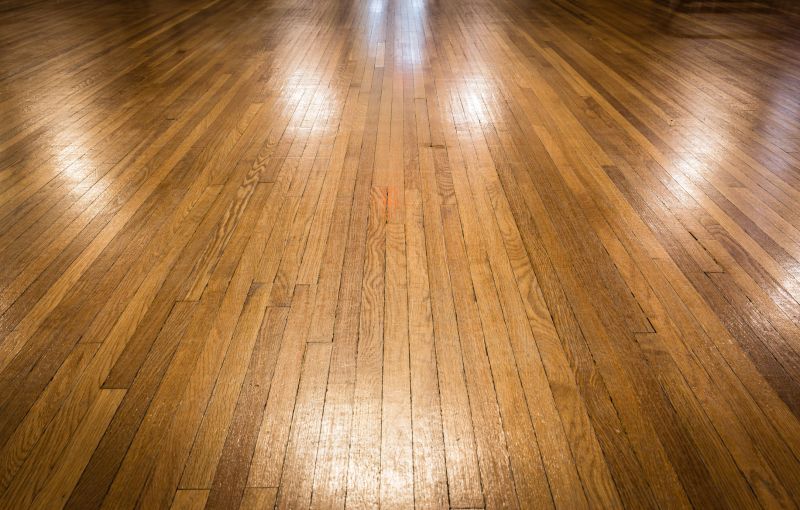
Final look after sanding and finishing.
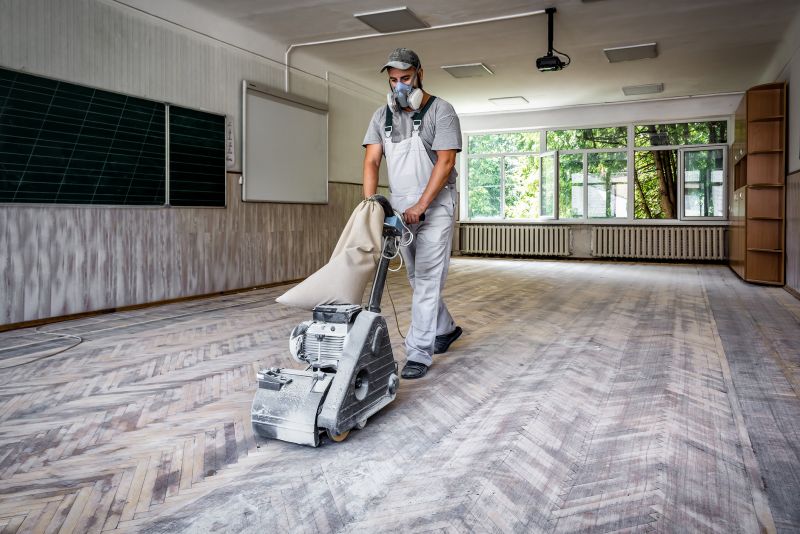
Professional equipment for precise results.

Preparation before sanding.
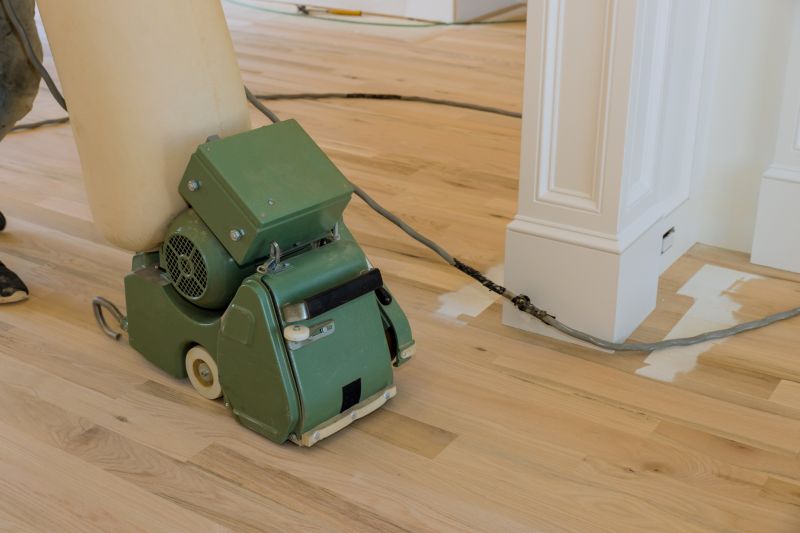
Maintaining optimal conditions during the process.
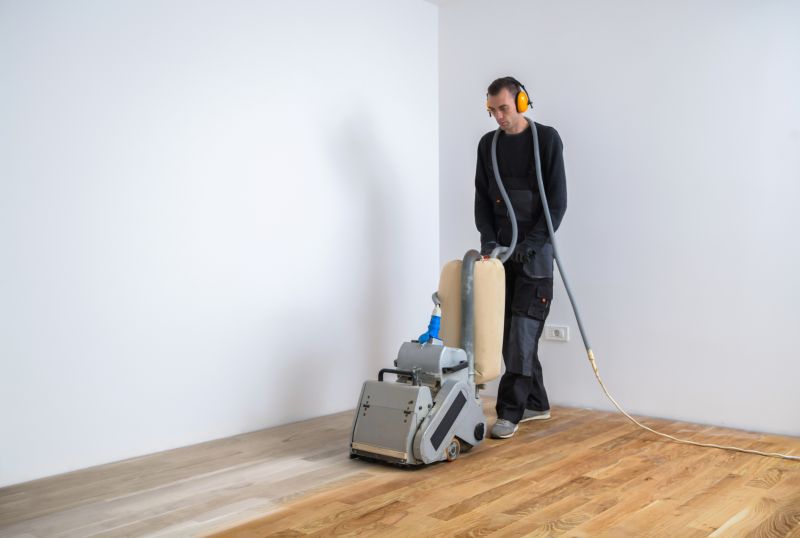
Minimizing disruption during installation.
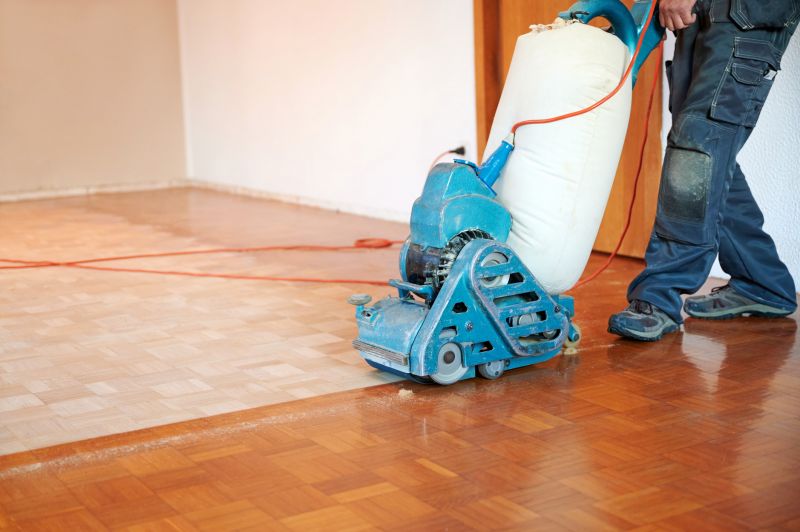
Ensuring safety and quality.
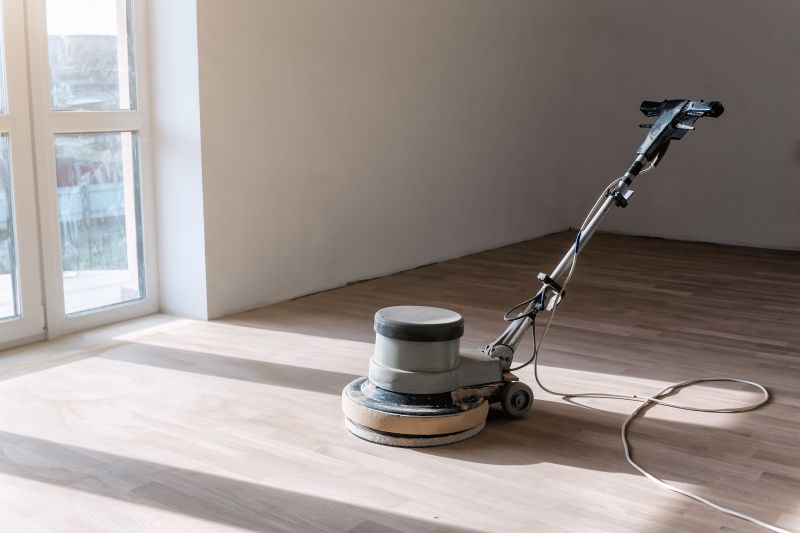
Assessing surface quality and uniformity.
| Season/Period | Ideal Conditions |
|---|---|
| Spring/Early Fall | Moderate humidity, stable temperatures |
| Late Summer | Lower humidity, warmer temperatures |
| Dry Seasons | Minimal moisture, consistent climate |
| Off-Peak Times | Less occupancy, better scheduling |
| Post-Construction | Allow drying before finishing |



